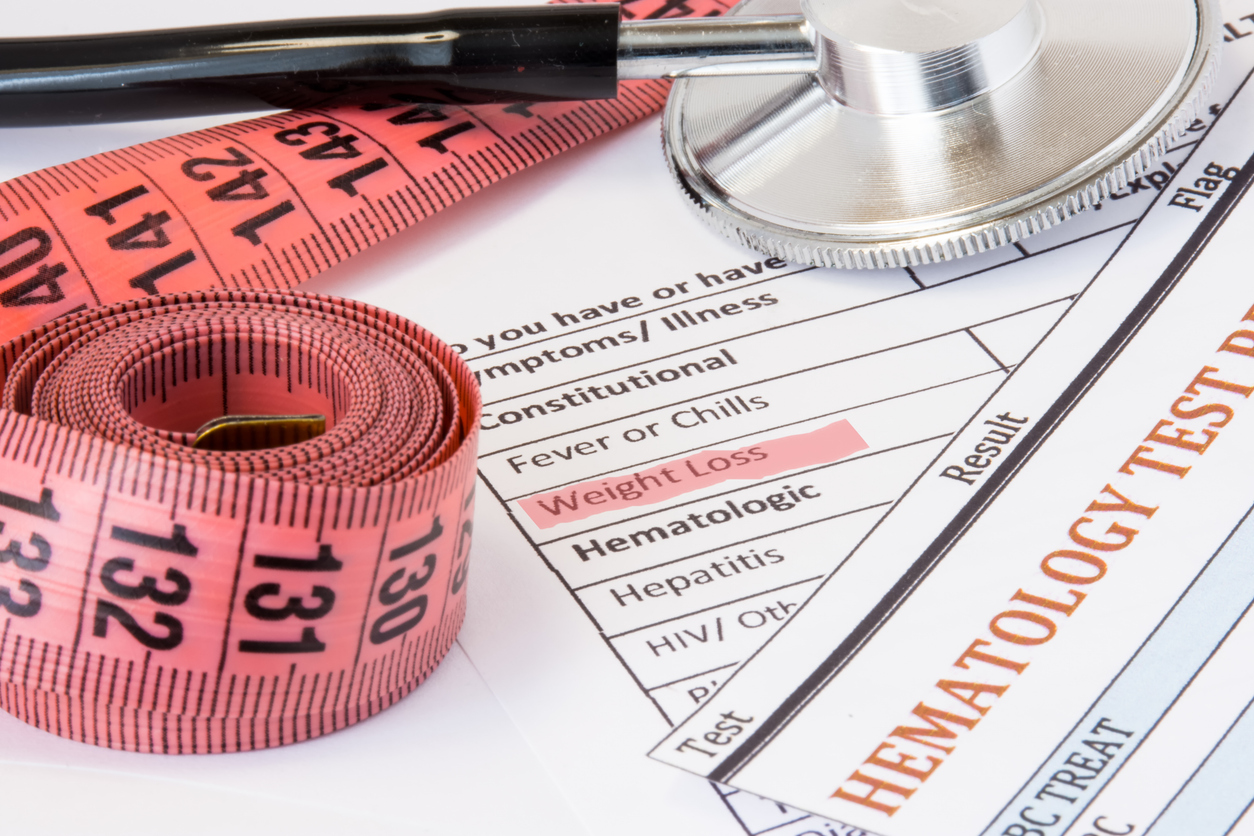2024-11-25
A promising breakthrough in cancer cachexia treatment
Oncology
Can ponsegromab transform cancer cachexia management?
A total of 187 patients with cancer cachexia and elevated GDF-15 levels were included in the study. Participants were divided into four groups:- Ponsegromab treatment at three doses (100 mg, 200 mg, 400 mg)
- Placebo group
The primary endpoint was body weight change. Secondary endpoints included appetite, cachexia symptoms, physical activity, and treatment safety.
The results show that patients treated with ponsegromab experienced significant weight gain compared to the placebo group. Significant improvements in appetite and reductions in cachexia-related symptoms were also observed, particularly in patients receiving the 400 mg dose. Additionally, non-sedentary physical activity increased in this group. The safety profile was favorable, with comparable rates of adverse events between the ponsegromab and placebo groups.
Ponsegromab: a promising new therapeutic pathway for cancer cachexia
This study demonstrates that ponsegromab significantly improves weight, cachexia symptoms, and physical activity, confirming the central role of GDF-15 as a therapeutic target. This treatment offers a promising option for patients with cancer cachexia. However, further research is necessary to validate these results and assess their long-term sustainability.Source(s) :
Groarke, J. D., et al. (2024). Ponsegromab for the treatment of cancer cachexia. New England Journal of Medicine ;

Last press reviews
Birch allergy: could one shot change everything?

#AllergicRhinoconjunctivitis #IgG4 #Allergoid #BirchPollen #Immunotherap...
Allergies: could the gut hold the key?

#SeasonalAllergicRhinitis #Probiotics #Prebiotics #GutMicrobiota...
Parkinson’s disease: bone health shouldn’t be overlooked

#ParkinsonsDisease #Osteoporosis #FractureRisk #FRAX #Prevention...